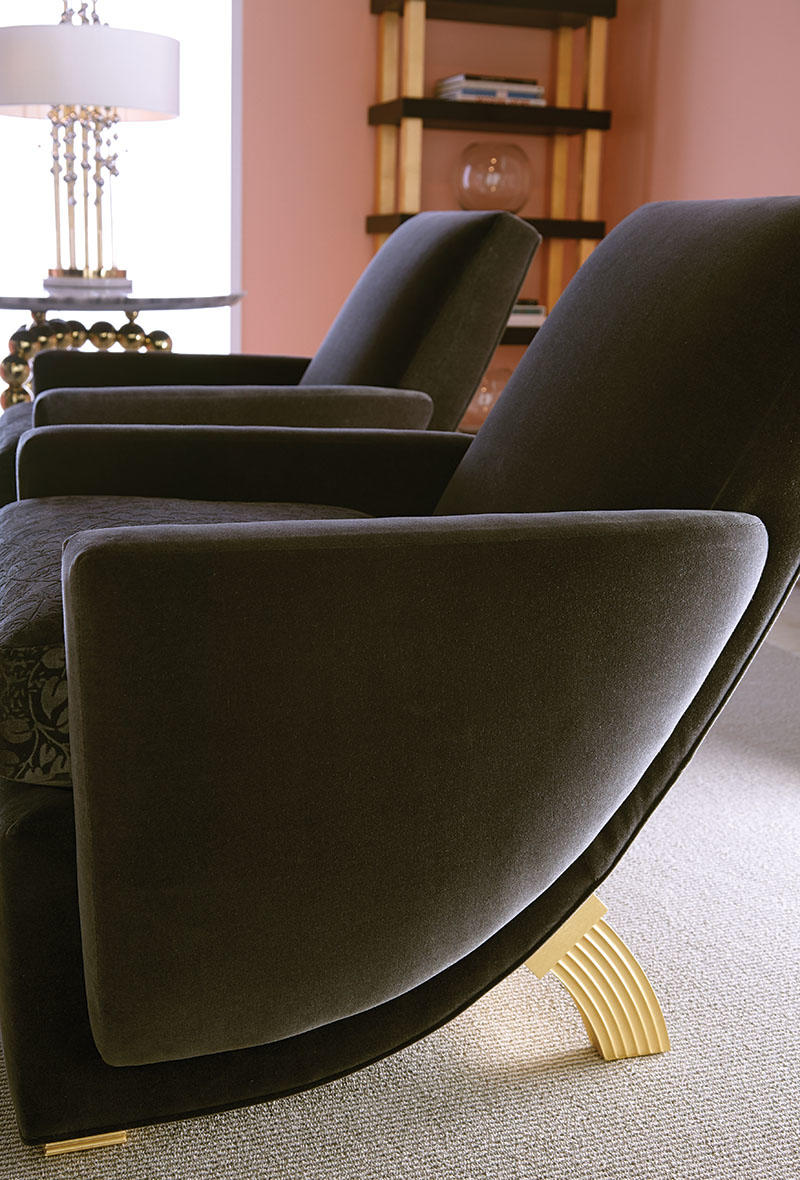Savvy interior designers marketing their work to China’s affluent consumers have discovered a vast population eager for design expertise—and a new set of customer expectations. What do designers need to know about doing business in the People’s Republic of China? (Spoiler alert: It’s probably not what you think.)

“I’ve heard that you’re really big in China,” I say.
“And hopefully getting even bigger,” replies designer Jamie Drake, who has 11 eponymous stores with Theodore Alexander across China, from Beijing to Wuhan. “The amazing opportunity in China is its size. It’s such an immense country with a huge population that, even if it goes through roller coaster cycles economically, there will still be a huge number of very wealthy people who want to live well.” There’s also intense demand for luxury home furnishings. “In America and Europe, people pass things down, but in China, they don’t have a history of that,” he explains. “Very few of them have anything inherited—there’s not much to pass down—so they need things.”

BOH subscribers and BOH Insiders.









































